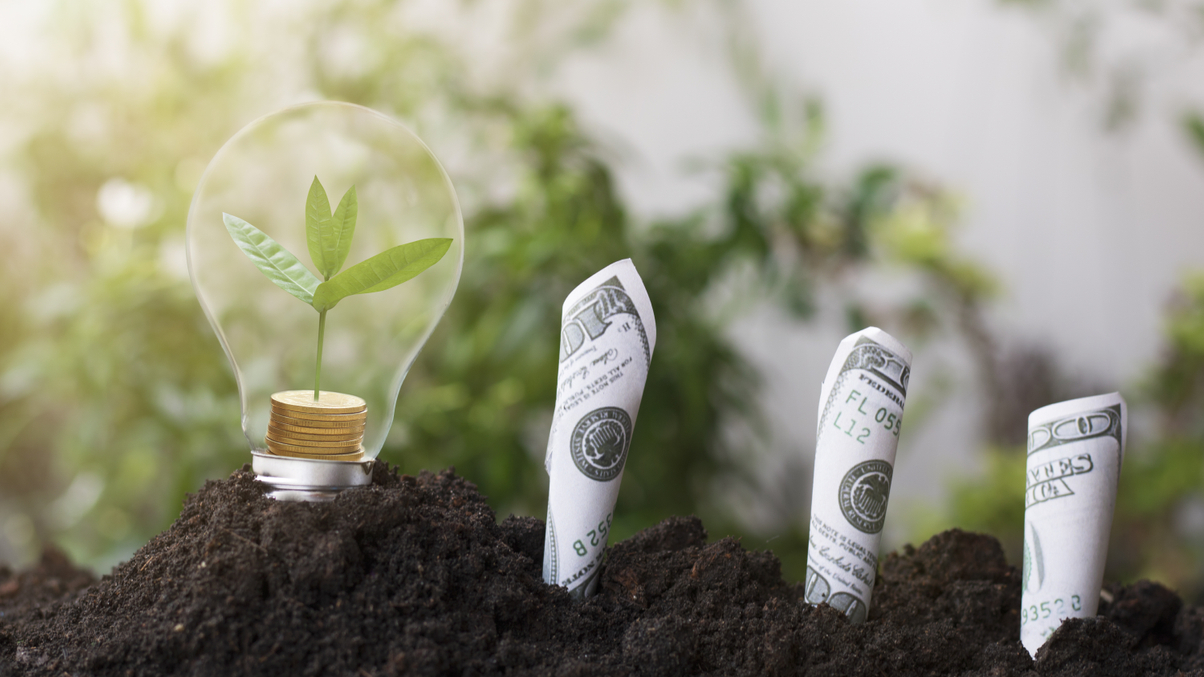Don't look for perfection in climate assets, say consultants
The recent focus on greenwashing has put bond issues under greater scrutiny. However, some market participants believe this risks paralysis by analysis.

Some institutional investors are holding back from getting involved in sustainable investing because of a lack of consistent and comparable standards and a fear of greenwashing, but serious investors should not wait for perfection and instead should conduct their own due diligence, consultants have told AsianInvestor.
Sign In to Your Account
Access Exclusive AsianInvestor Content!
Please sign in to your subscription to unlock full access to our premium AI resources.
Free Registration & 7-Day Trial
Register now to enjoy a 7-day free trial—no registration fees required. Click the link to get started.
Note: This free trial is a one-time offer.
¬ Haymarket Media Limited. All rights reserved.


